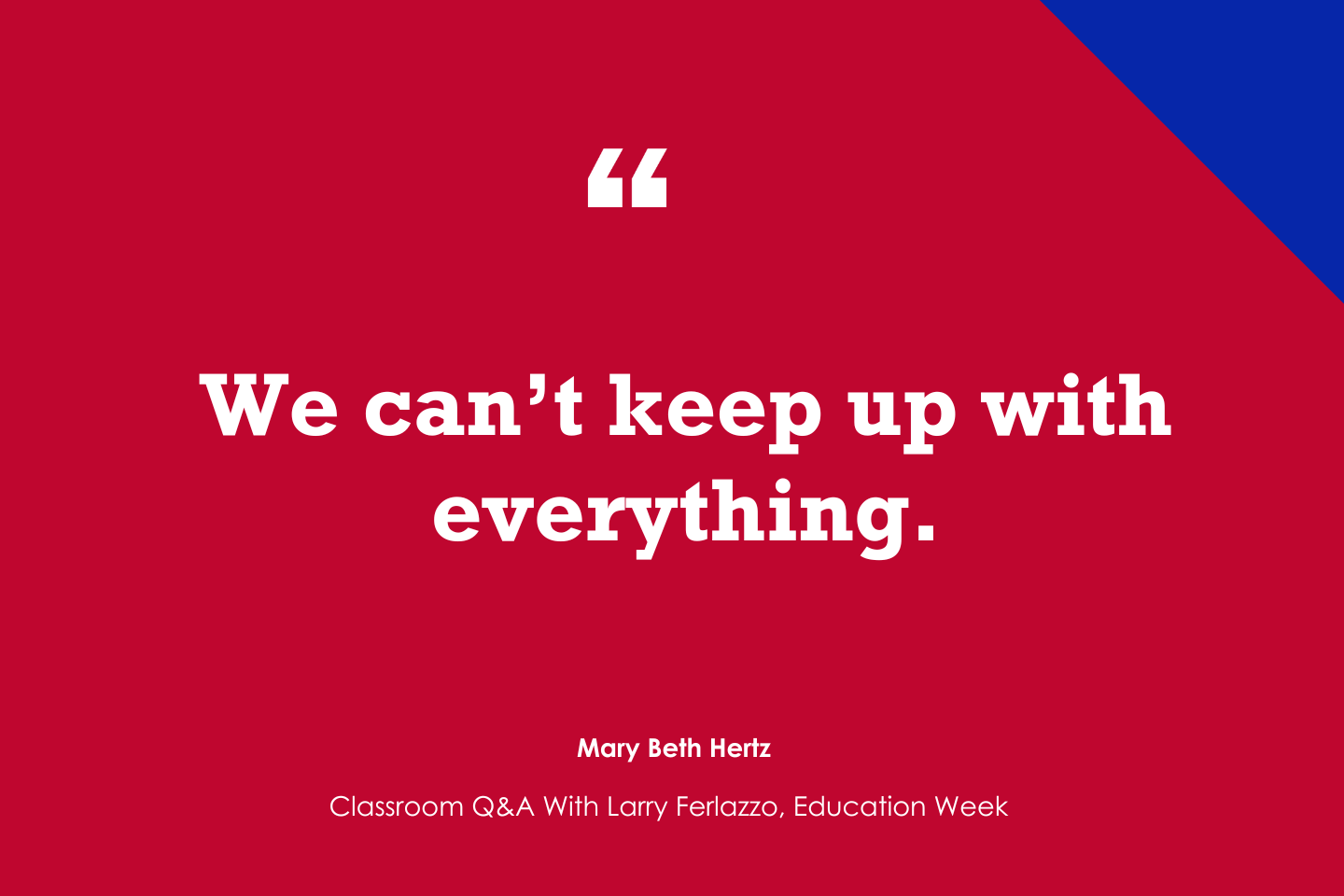Reading Time: 3 minutes
In a world where Generative Artificial Intelligence (AI) is reshaping many areas of education, a groundbreaking concept called BloomAI is emerging at the crossroads of AI and literature research. My journey with BloomAI began in the classroom. My students were experimenting with using GenAI to perform academic research. There are several online tools available for students to interact with PDFs or research articles, making it easier to understand and extract information from these documents. Some of these tools are: Lit Lens, SciSpace, ChatPDF, HiPDF AI Read, and Smallpdf. We used ScholarAI’D for summarizing, rewriting, explaining content, and allowing my students to ask questions directly from the research papers.
I observed a recurring pattern: when students critiqued AI-generated summaries of research articles, they invariably found them lacking compared to their analyses. I reviewed my students’ reflections and the AI-generated content and tended to agree with them. However, when I use the same tools, my results are much more rewording. This led to an epiphany. The issue wasn’t with AI itself, but with the nature of the AI prompts students were using to interact with the tools. Most were rudimentary, barely scratching the surface level of Bloom’s Taxonomy.
The power of prompt design
As a Prompt Engineer, I’ve always known the importance of crafting the right question. However, the profound impact of implementing the hierarchical structure of Bloom Taxonomy with prompt design was a revelation. This insight was the seed that grew into BloomAI. You can access the BloomAI chatbot for free on the StudyAI’D platform
BloomAI: A guided journey through cognitive engagement:
BloomAI is like a compass that guides students through the complex terrain of academic research. It’s structured around the revised Bloom’s Taxonomy, categorizing AI prompts into six cognitive levels—each designed to elevate the student’s engagement and understanding. The levels are described:
Remember: Starting with the basics, prompts at this level focus on recalling facts and fundamental concepts.
Understand: Moving a step further, these prompts delve into explaining ideas, encouraging students to summarize and interpret material.
Apply: Here, students are challenged to use information in new scenarios, solving problems using learned concepts.
Analyze: This level involves prompts that dissect material to understand its structure and underlying patterns.
Evaluate: Students create prompts that make informed judgments, assessing the quality and relevance of information.
Create: The pinnacle of BloomAI, this stage involves synthesizing knowledge to form new ideas and perspectives.
The BloomAI framework is a catalyst for intellectual growth. By marrying the pedagogical strength of Bloom’s Taxonomy at the innovative edge of AI Prompting, we aim to elevate the quality of student research and enrich the educational experience. As we step into this new era of learning, BloomAI stands as a testament to the endless possibilities of AI in education.
Personal reflections
My experience with BloomAI has been a journey of discovery. Watching students evolve from passive recipients of information to active, critical thinkers has been profoundly rewarding. BloomAI can help reshape how students interact with technology to learn, think, and innovate. As we embrace this new era, BloomAI is a tool that can usher in a new paradigm of cognitive engagement in student literature research.
Written by Dr. Phillip Olla, Professor and Executive Director, Center for Augmenting Intelligence at University of Detroit Mercy.
To learn more about the BloomAI tool, generating prompts and understanding its adaptability, watch Dr. Olla’s session “BloomAI: Creating AI Prompts for Research and Learning” from the 2024 Empowered Educator Virtual Conference.
The post Elevating Student Research with AI: Introducing the BloomAI Framework appeared first on The Cengage Blog.
Reading Time: 3 minutes In a world where Generative Artificial Intelligence (AI) is reshaping many areas of education, a groundbreaking concept called BloomAI is emerging at the crossroads of AI and literature research. My journey with BloomAI began in the classroom. My students were experimenting with using GenAI to perform academic research. There are several online tools available for […]
Read More…
The post Elevating Student Research with AI: Introducing the BloomAI Framework appeared first on The Cengage Blog. Teaching Strategies, Artificial Intelligence, Research, Student Success The Cengage Blog










